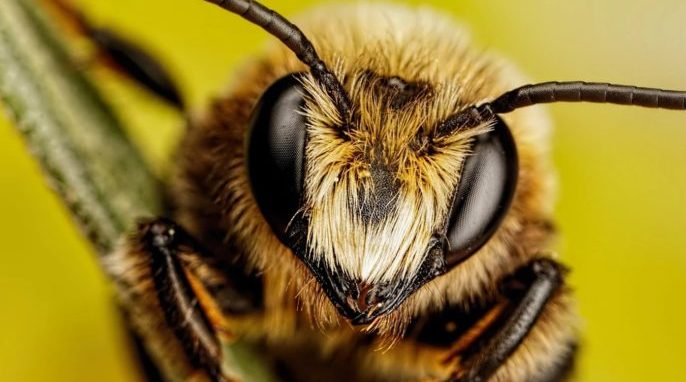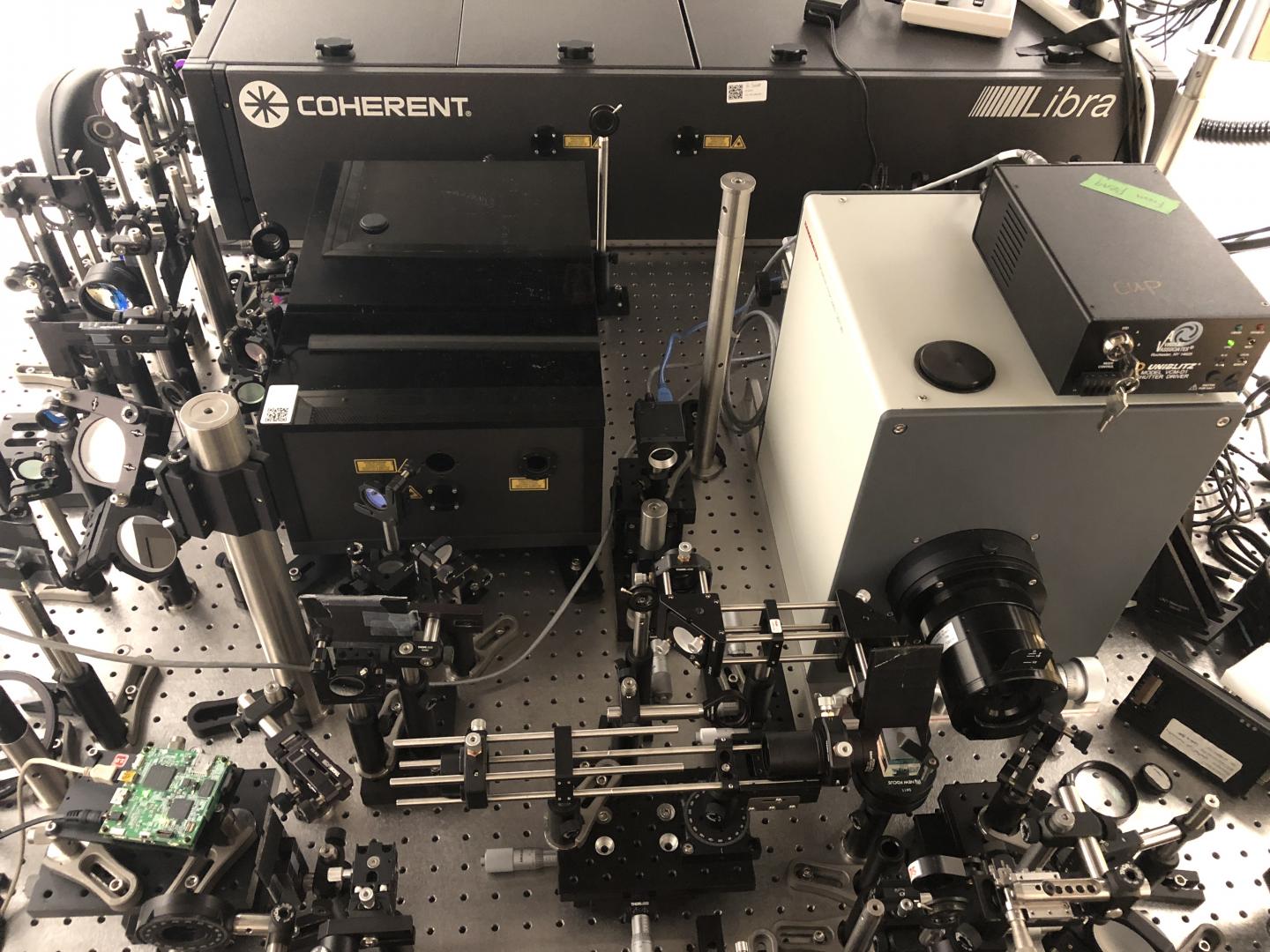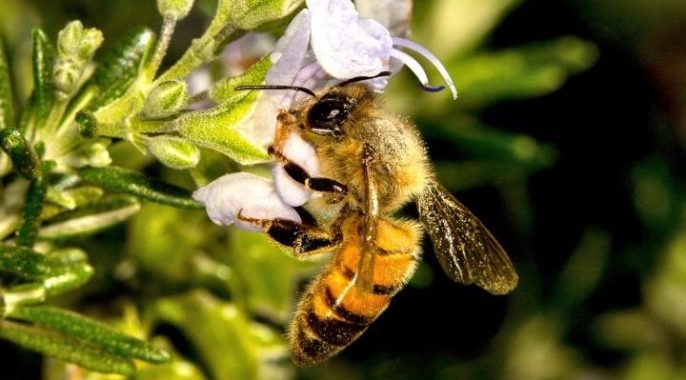@eawilloughby
It is probably not a coincidence that the verbs ape and parrot have such a similar meaning: to imitate an observed behavior. There is something suggestive of intelligence in the words, perhaps informed by knowing that babies mimic the behaviors of adults as their brains begin to mature. But the similarity may reflect something more fundamental.

Primates and certain birds—most notably parrots and corvids, the group that includes crows and jays—are well known as being among the smartest of animals. For apes this is no surprise, given their kinship to humans and their similar brains. But avian brains are remarkably different, with little anatomical congruence beyond the primitive hindbrain. In fact, birds seem to altogether lack anything resembling a neocortex, the layered outer structure responsible for most higher cognition in mammals. So how do birds such as parrots and crows manage to use tools, solve complex problems, and even empathize with others?
A review article published this month in Trends in Cognitive Sciences suggests that a sort of physical similarity may be the answer after all. Comparing birds and mammals, researchers Onur Güntürkün of Germany’s Ruhr-Universität Bochum and Thomas Bugnyar of the University of Vienna have investigated the role of the neocortex and other structures in complex cognitive skills. The brains of birds and mammals are built so differently that the mechanisms responsible for increasing complexity of behavior must lie beyond gross anatomy alone.
Indeed, that’s what Güntürkün and Bugnyar have found. While the presence of the neocortex itself can’t be responsible for higher cognition, the cellular architecture of primate and avian brains reveals more similarity than meets the eye.

Bird Brains
Just how different are bird and mammal brains? Below the forebrain, the disparities are largely cosmetic. They both have a cerebellum, the major hindbrain structure responsible for precision movement; midbrain regions that mediate motor and audiovisual reflex; and “between-brain” structures, including the thalamus and hypothalamus, which govern sensorimotor integration and instinctive survival behaviors. These structures are all part of the brainstem; they likely evolved before the bird and mammal lineages split in the Permian period, at least 300 million years ago.
Above the brainstem, some basic similarities continue through the most ancient part of the forebrain: the limbic system, responsible for a diverse array of functions including long-term memory and emotional response. But here the lineages largely diverge. While birds do have the functional equivalent of limbic structures—and the basis for these structures is likely shared by their common reptilian ancestor—their anatomic layouts are very different.
Read more: Is Drumming Like Singing? A Focus on Woodpeckers
Little similarity remains beyond the limbic cortex. Advanced mammalian forebrains are typified by the neocortex, that extensively folded, lobed, and layered surface structure. These wrinkly lobes produce most of what we consider intelligent behavior, such as problem solving, working memory, language, and attention. The forebrain of a bird looks very different. This structure is usually referred to as the pallium and appears smooth and uniform, with no evident partitioning into lobes and no obvious layers.
And yet, when intelligence is measured in the lab, these cortical differences do not belie behavioral similarities. Intelligence looks much the same in apes and in avian eggheads.
Too Clever by Half
Of course, this finding’s importance depends on intelligence being a real and quantitative property. Intelligence is often perceived as a subjective quality—ask anyone to offer a definition of the word, and you’ll likely get many different answers. This would make objectively assessing an animal’s intelligence especially tricky. For psychologists who study human intelligence, however, there is a more or less objective measure.
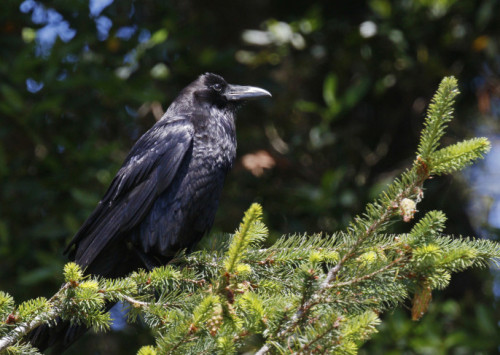
In order to be scientifically meaningful, an operational definition must be reliably measurable, and it must also have real-world predictive validity. This means two things: that the intelligence of someone assessed on one day should not markedly differ from an assessment of that person on another day, and that the measurement has a strong relationship to real-world outcomes. For humans, psychometric g is the only model that routinely fits both of these requirements. This concept is derived from administering a battery of subtests—ostensibly unrelated—and gauging to what extent performance overlaps. The resultant factor score, which is closely tied to modern IQ testing, imperfectly predicts a range of outcomes including academic success, lifespan, health, and job performance. To put it another way, this factor explains the majority of variance in outcomes between individuals.
Interestingly, the existence of a g factor has also been demonstrated in both birds and nonhuman primates. A precise, nonstatistical definition of intelligence is still debated among experts, but in considering chimpanzees, robins, or humans, the answer must involve the ability to flexibly solve novel problems that arise in the animal’s environment.
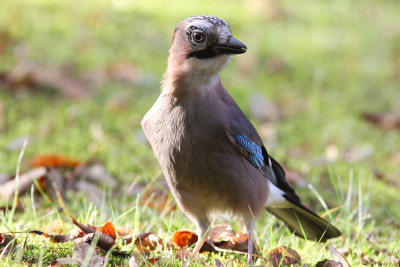
For their analysis, Güntürkün and Bugnyar needed to establish that this quality is generalizable across primates and birds—mostly parrots and corvids—in the existing literature on animal intelligence. They found that all assessed cognitive abilities fall into just a handful of categories, including object permanence, reasoning, and theory of mind. And while chimpanzees are probably a bit cleverer than any bird, the researchers found no qualitative difference between the cognitive skills of apes and those of avians. “How, then, are birds capable of the same cognitive performance as apes?” Güntürkün asks. “Is it possible that very different brain mechanisms for complex cognitive processes have developed independently in birds and in mammals in the 300 million years of their existence?”


